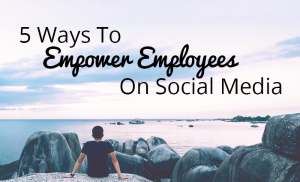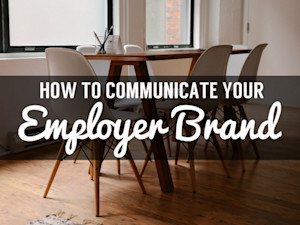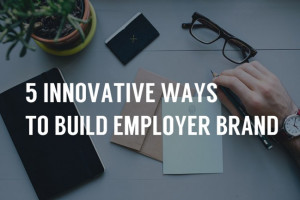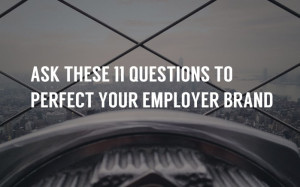It can be difficult to involve your employees in your social media endeavors. Employees may not feel comfortable with social media, or may be reluctant to connect their personal social profiles to their work. Both are completely understandable reasons and you should always be respectful of your employee's comfort. However, there is no better brand ambassador than your employees. Nobody knows your company better than those who have worked there every day. Nobody can better represent your company culture than those who contribute to its very identity. For these reasons, you need to persuade and inspire your employees to participate in your company's social channels. Here are five ways you can empower your employees on social media!
Lead by example
You can't expect your employees to hop onto social media and integrate their personal brand with your culture if you aren't doing it yourself. Demonstrate to them how you share fun materials through your personal network. Show your future brand ambassadors examples of the posts you share that promote your brand vision, and the positive response that comes from it.
Provide adequate training support
It's very possible that your employee may not use social media in their personal lives, and come out not understanding the system at all. Throw away your assumptions and ensure that every employee has access to training when asking them to represent your brand on social media. Let's be honest, Twitter to a first-time user can be quite daunting. Most social platforms were designed to be fairly intuitive in their use, so most employees should be able to flourish after a small amount of guidance.
Promote discussion
Social media should not be a daily obligation to post x posts about y subject between the hours of 9am to 12pm, at which point another employee will take over. Social, as the word implies, should be an ongoing conversation. Emphasize to employees that they are free to voice their own opinions to promote the business - in fact, it will sound more organic if they do so! Organize something like weekly meetings or a private online network for your social media ambassadors to gather and discuss together on, generating valuable new ideas for your brand.
Show how social media can be fulfilling
One great thing about social media is that your followers can leave direct, immediate, and honest feedback about your company at any time. It can be very inspirational and provide a sense of achievement to share company news or accomplishments and see the feedback right away. Being a brand ambassador can be self rewarding.
Reward your employees for sharing
Take a moment to notice and congratulate your employees if they are doing a good job. Recognizing employees for effective social sharing is no different from recognizing them for a job well done elsewhere in the company. This will inspire excitement and motivation within your company about your social media ventures, as well as interest others in joining your social team.
Read More








